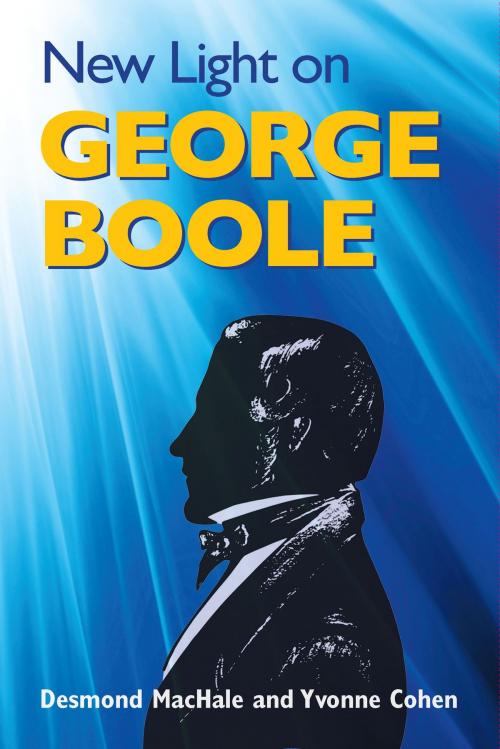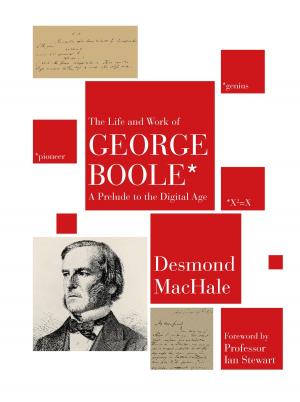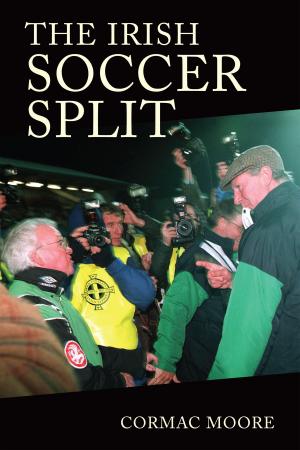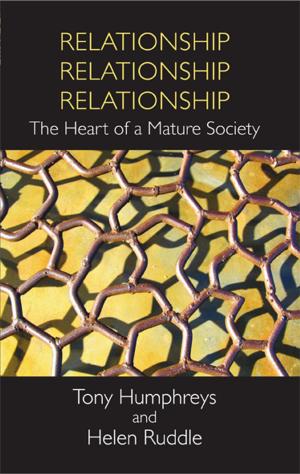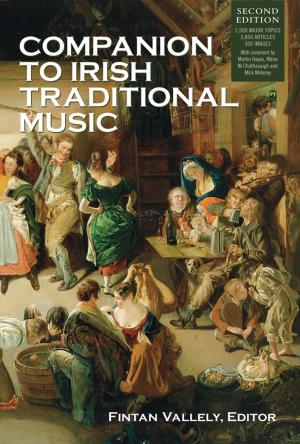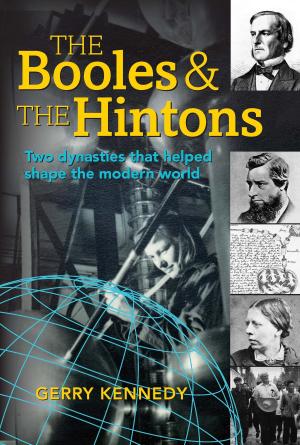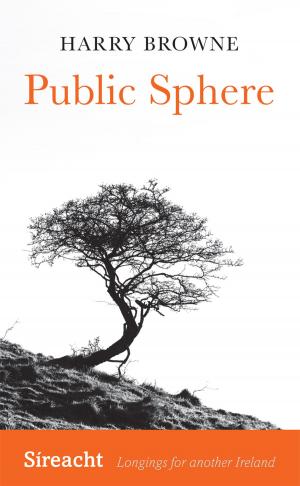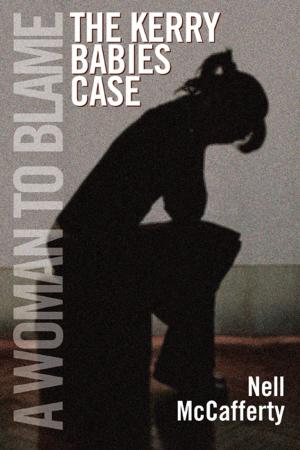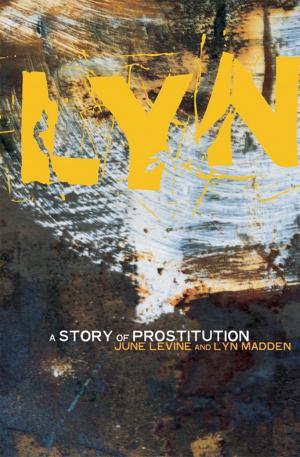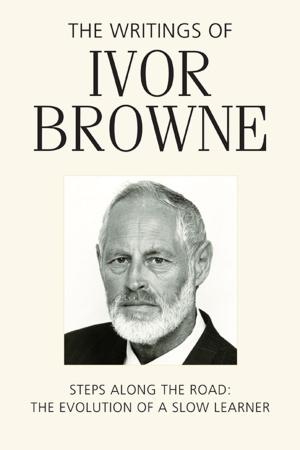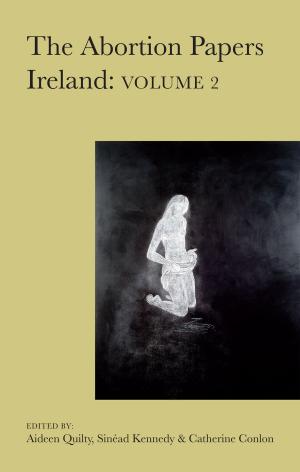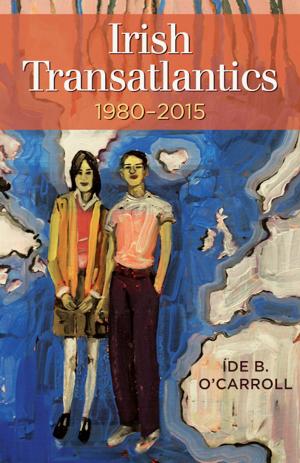| Author: | Desmond MacHale, Yvonne Cohen | ISBN: | 9781782052920 |
| Publisher: | Cork University Press | Publication: | November 2, 2018 |
| Imprint: | Atrium | Language: | English |
| Author: | Desmond MacHale, Yvonne Cohen |
| ISBN: | 9781782052920 |
| Publisher: | Cork University Press |
| Publication: | November 2, 2018 |
| Imprint: | Atrium |
| Language: | English |
George Boole (1815–1864) was born in Lincoln, England and was largely self taught, having left school before he was sixteen. First, he taught himself languages – Latin, Greek, French, German and Italian – and then astronomy, optics, mechanics and mathematics. By the age of twenty-one, he was publishing original research in mathematical journals and, in 1849, despite his lack of a degree, he was appointed first professor of mathematics at the newly-founded Queen’s College Cork (now University College Cork). In 1854 he published his great work there,
An Investigation of the Laws of Thought, which laid the foundations of today’s digital revolution. In 1855 Boole married Mary Everest (whose uncle was the man after
whom Mount Everest was named) and they had five remarkable daughters. He died in 1864 at the early age of forty-nine. Boole’s academic career has been covered in Desmond MacHale’s biography, The Life and Work of George Boole (Cork University Press, 2014). New Light on George Boole now details the human side of this great genius. It covers his family history, correspondence, love of nature, his reactions to the devastating Irish Famine, as well as his family life and relations with his students and peers. The book includes personal correspondence between Boole and his family, and a variety of friends and mathematicians, as well as a fascinating account of his trip to Germany. The circumstances of Boole’s death are also explored. Possibly the most controversial aspect of the book is the suggestion that Boole was the inspiration for Professor James Moriarty, the arch villain of Sir Arthur Conan Doyle’s Sherlock Holmes stories. Convincing evidence for this theory is presented. Written for the general reader, New Light on George Boole is designed to show the personal side of a great thinker, loving husband, devoted father, religious maverick, generous benefactor and much-loved teacher. In attempting to understand how the human mind processes thought and uses logic, Boole’s ground-breaking work has led to the development of modern computing.
George Boole (1815–1864) was born in Lincoln, England and was largely self taught, having left school before he was sixteen. First, he taught himself languages – Latin, Greek, French, German and Italian – and then astronomy, optics, mechanics and mathematics. By the age of twenty-one, he was publishing original research in mathematical journals and, in 1849, despite his lack of a degree, he was appointed first professor of mathematics at the newly-founded Queen’s College Cork (now University College Cork). In 1854 he published his great work there,
An Investigation of the Laws of Thought, which laid the foundations of today’s digital revolution. In 1855 Boole married Mary Everest (whose uncle was the man after
whom Mount Everest was named) and they had five remarkable daughters. He died in 1864 at the early age of forty-nine. Boole’s academic career has been covered in Desmond MacHale’s biography, The Life and Work of George Boole (Cork University Press, 2014). New Light on George Boole now details the human side of this great genius. It covers his family history, correspondence, love of nature, his reactions to the devastating Irish Famine, as well as his family life and relations with his students and peers. The book includes personal correspondence between Boole and his family, and a variety of friends and mathematicians, as well as a fascinating account of his trip to Germany. The circumstances of Boole’s death are also explored. Possibly the most controversial aspect of the book is the suggestion that Boole was the inspiration for Professor James Moriarty, the arch villain of Sir Arthur Conan Doyle’s Sherlock Holmes stories. Convincing evidence for this theory is presented. Written for the general reader, New Light on George Boole is designed to show the personal side of a great thinker, loving husband, devoted father, religious maverick, generous benefactor and much-loved teacher. In attempting to understand how the human mind processes thought and uses logic, Boole’s ground-breaking work has led to the development of modern computing.
